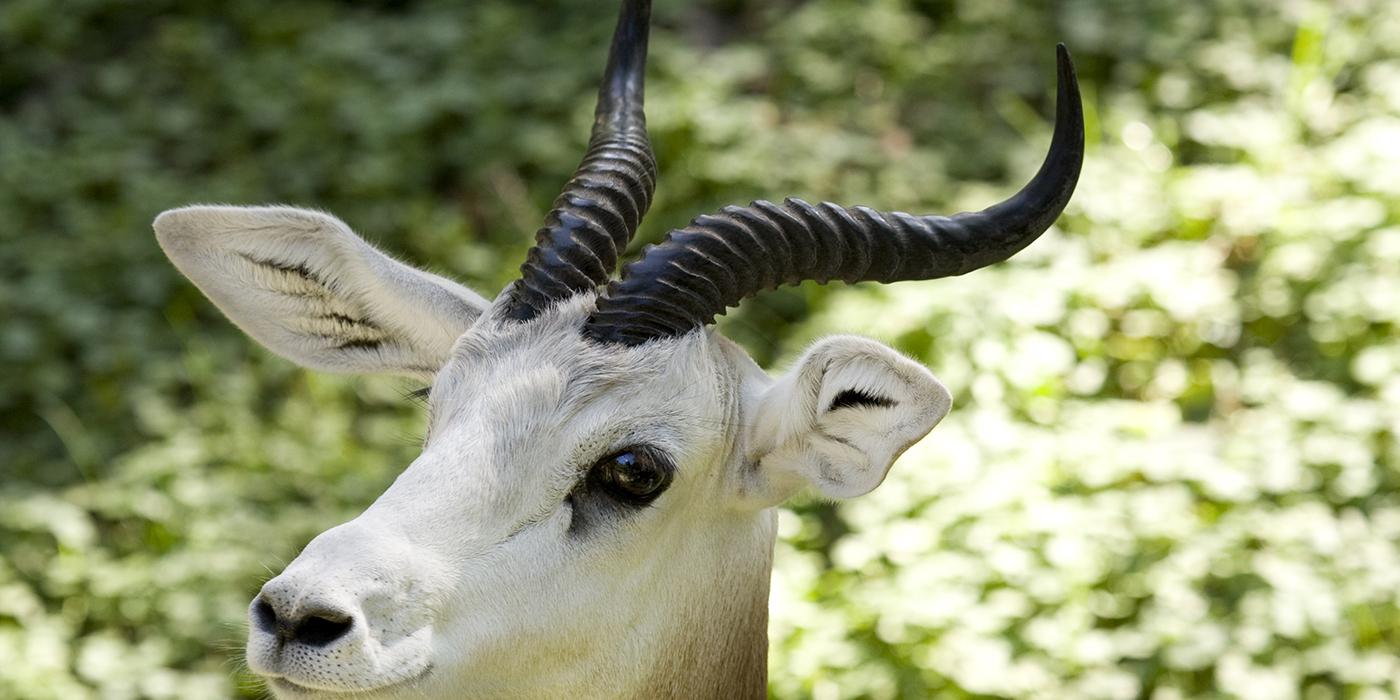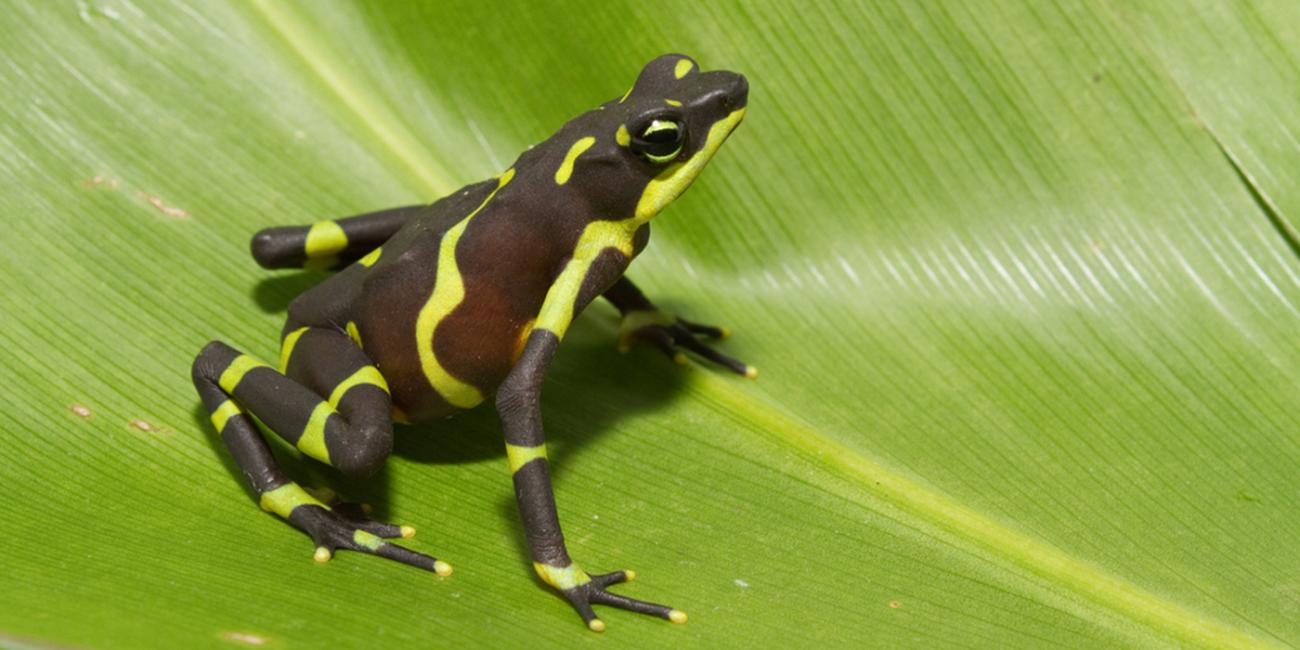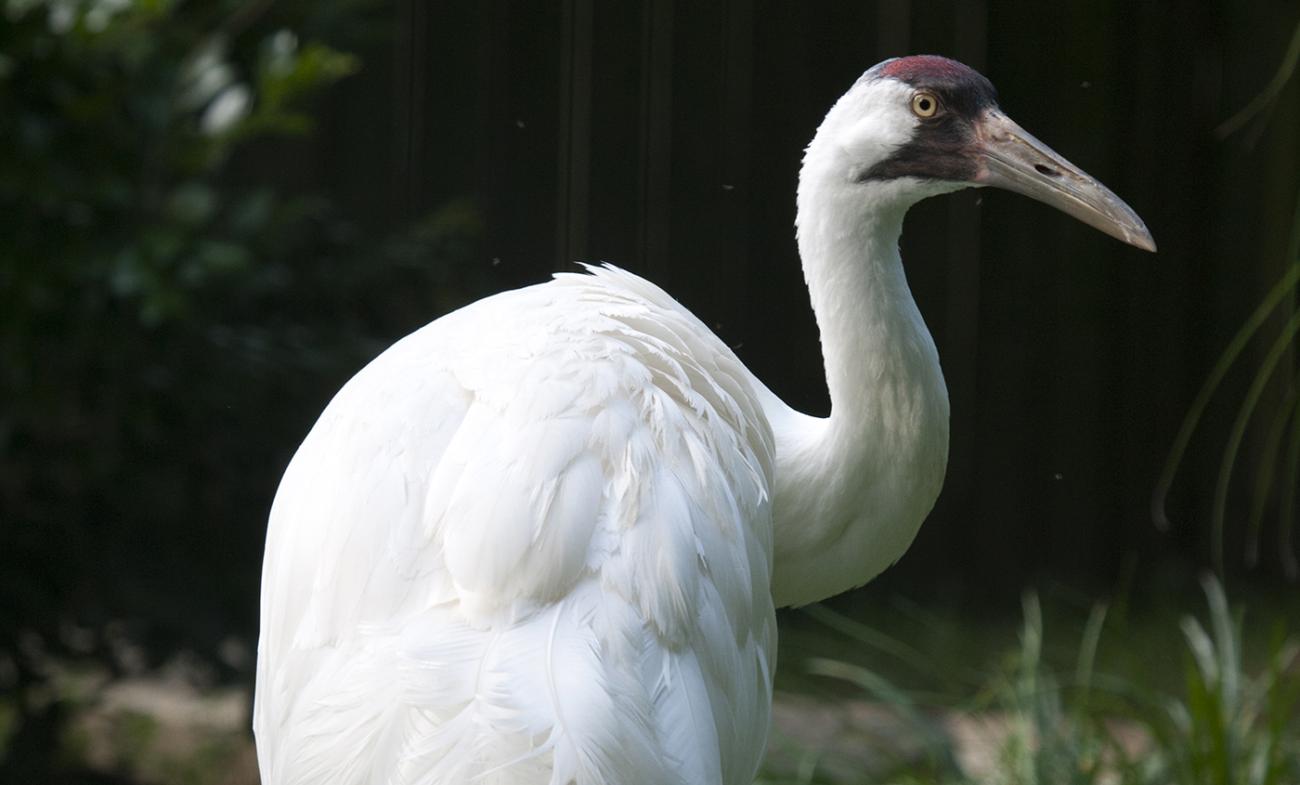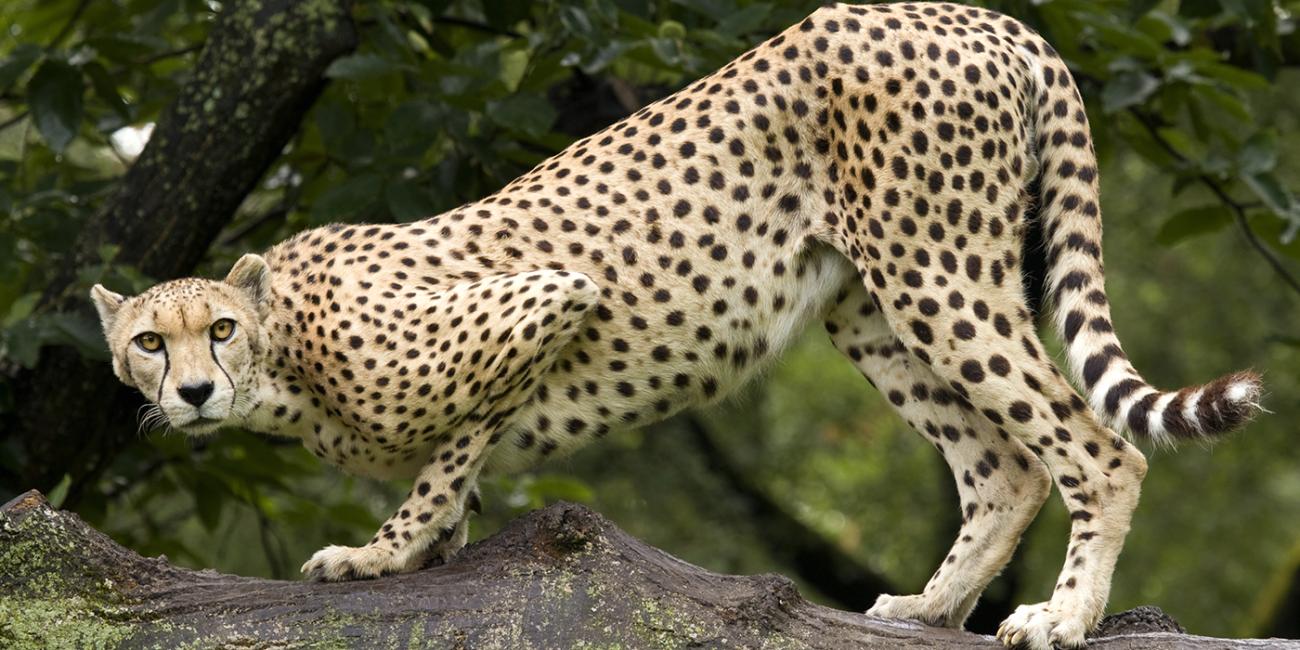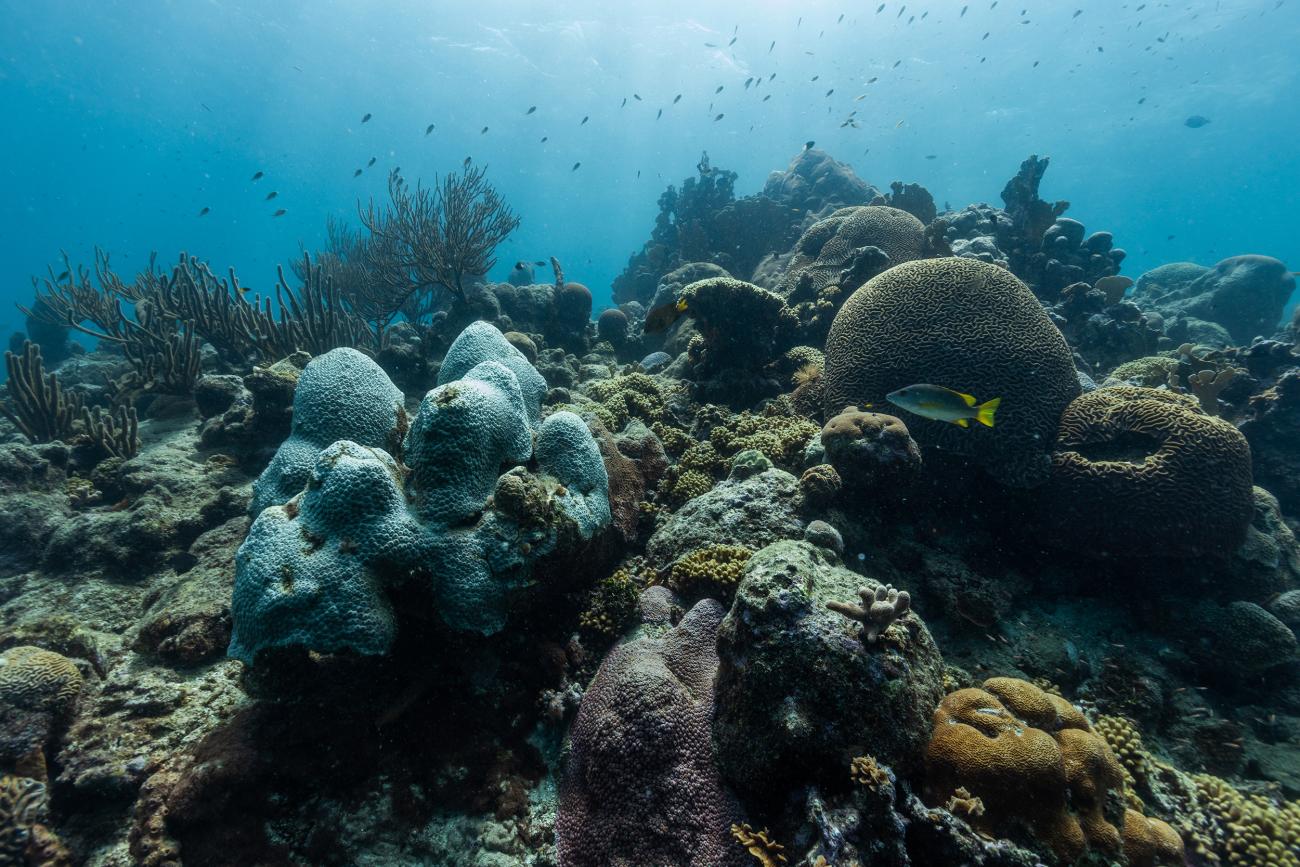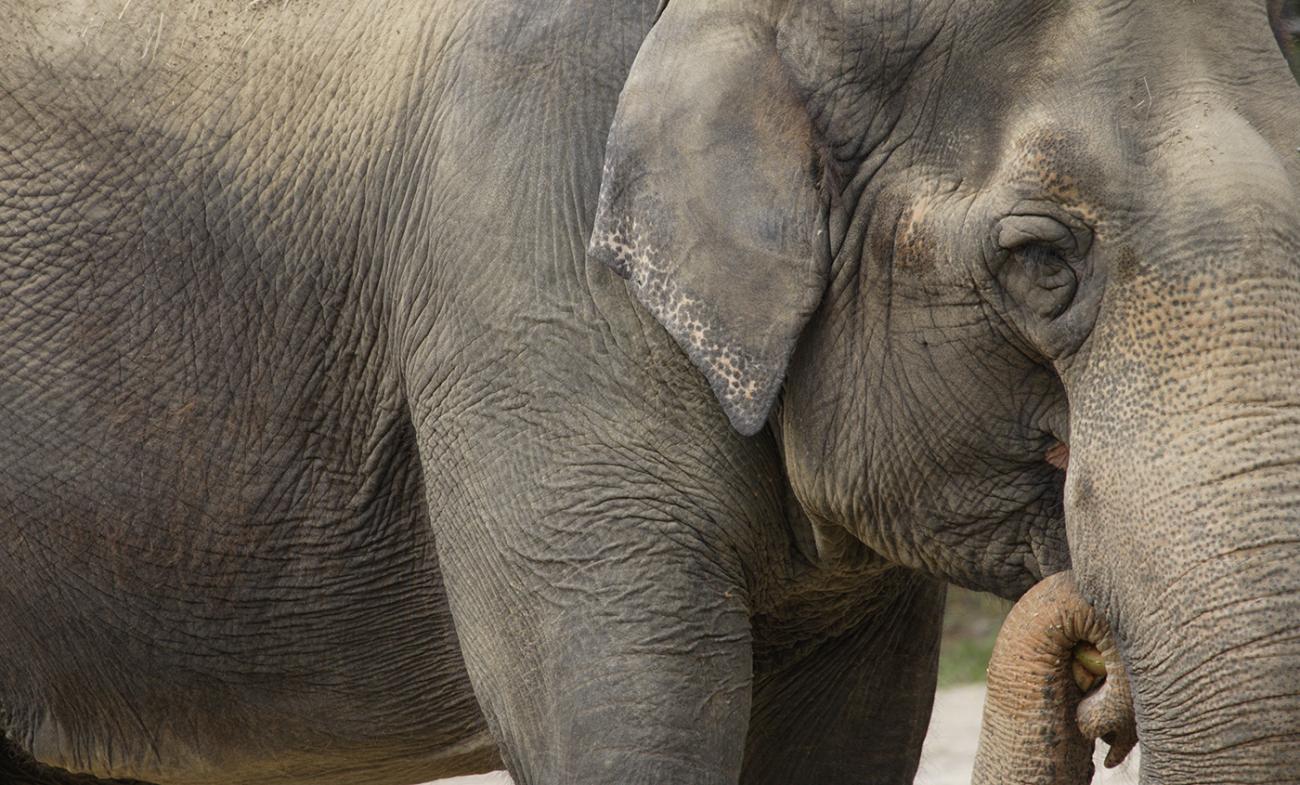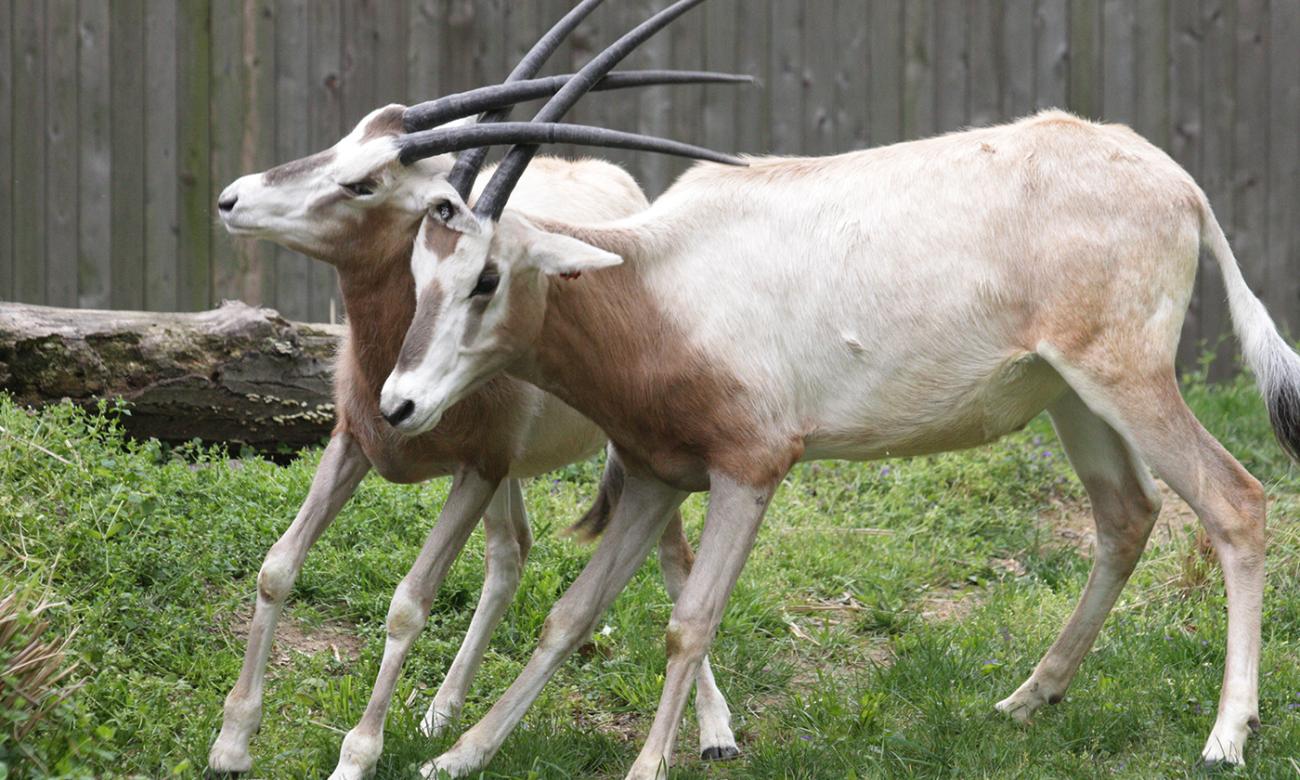Species We Work With
Projects
Amphibians
Frogs, toads, salamanders and newts are vanishing at an unprecedented rate. Smithsonian scientists are working to save amphibians through projects focused in Panama and Appalachia.
Carnivores
An estimated 25 percent of carnivores are in danger of extinction. Smithsonian scientists are working to save them.
Corals
Smithsonian scientists were the first in the world to successfully cryopreserve coral and continue to advance the field of research to protect the world's coral reefs.
Elephants
Scientists study the management factors that can help ensure the optimal health, reproduction and welfare of elephants in human care.
Ungulates
Many ungulates, or hooved mammals, are at risk of extinction. Scientists study their reproductive biology to help establish self-sustaining populations in zoos and in the wild.

